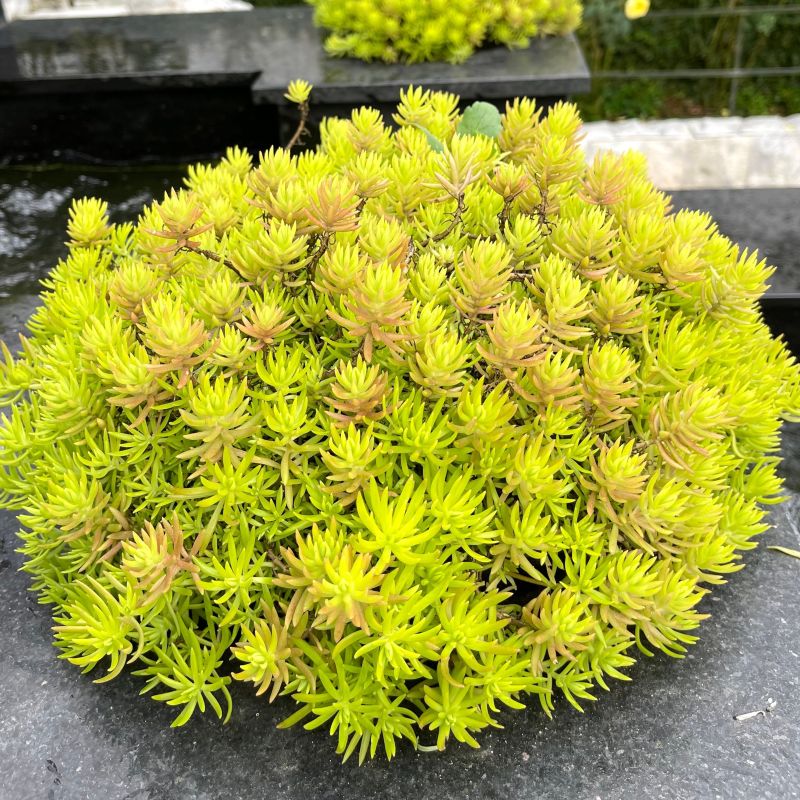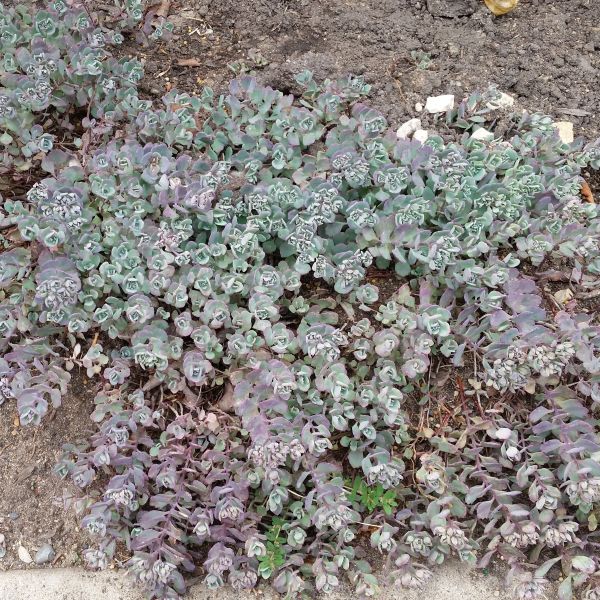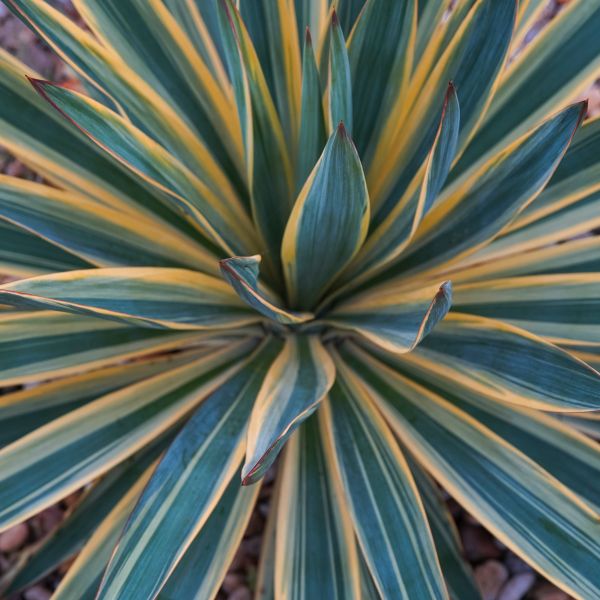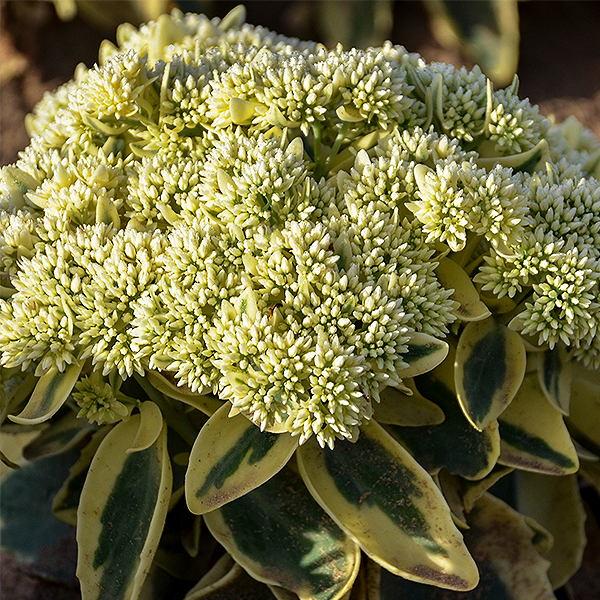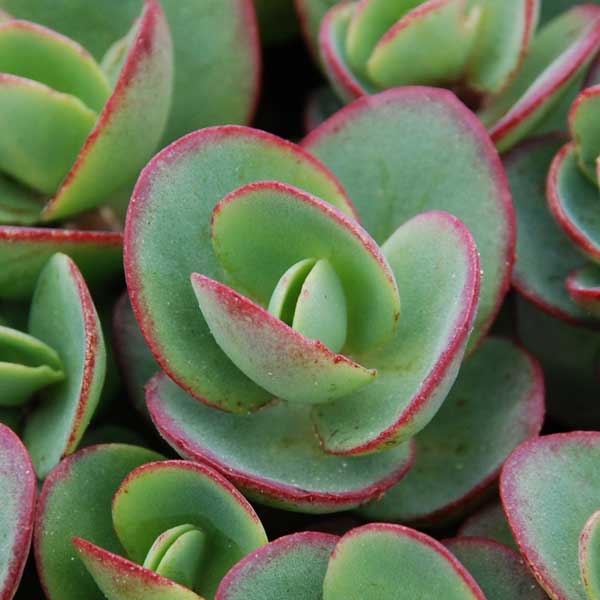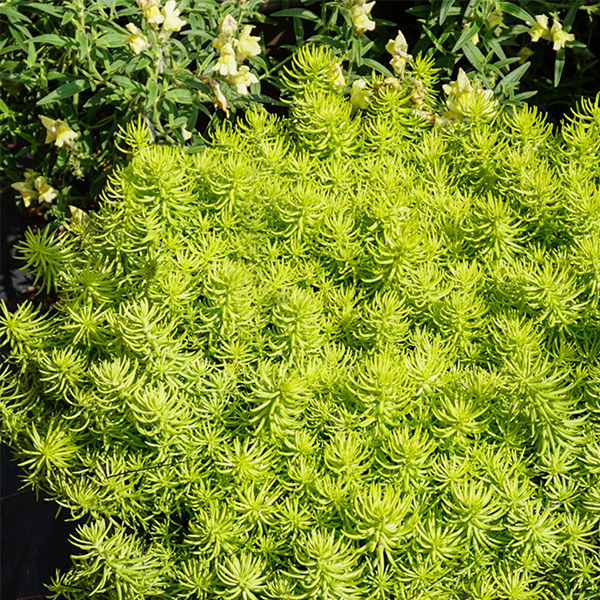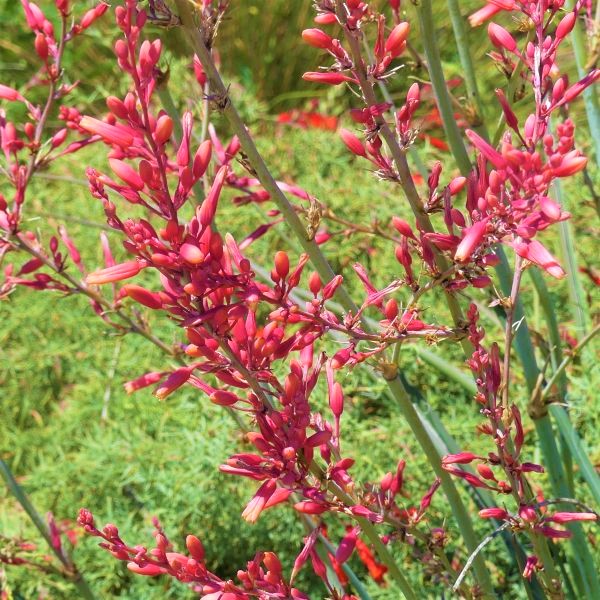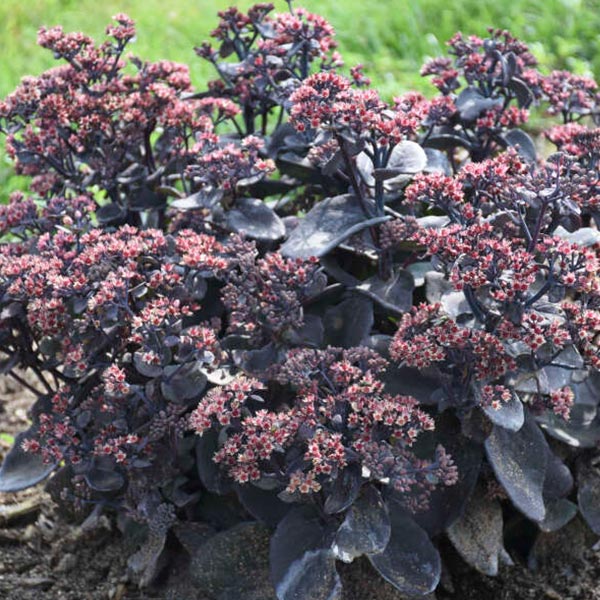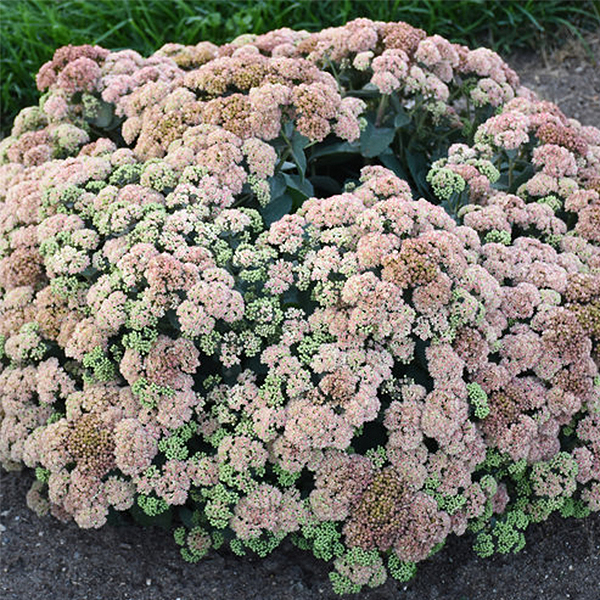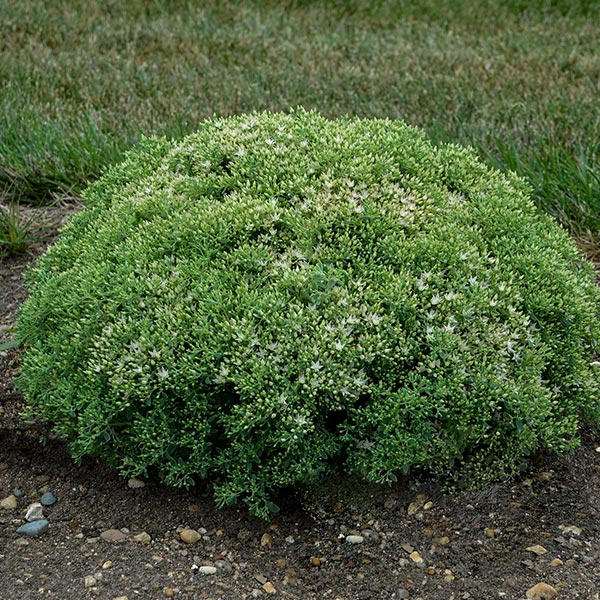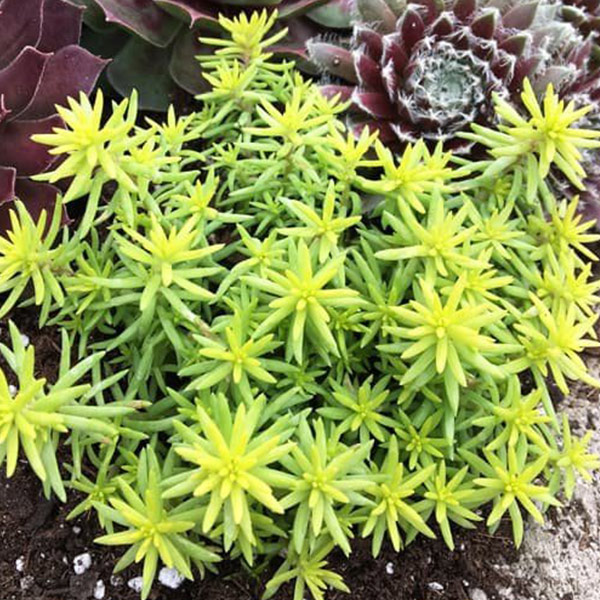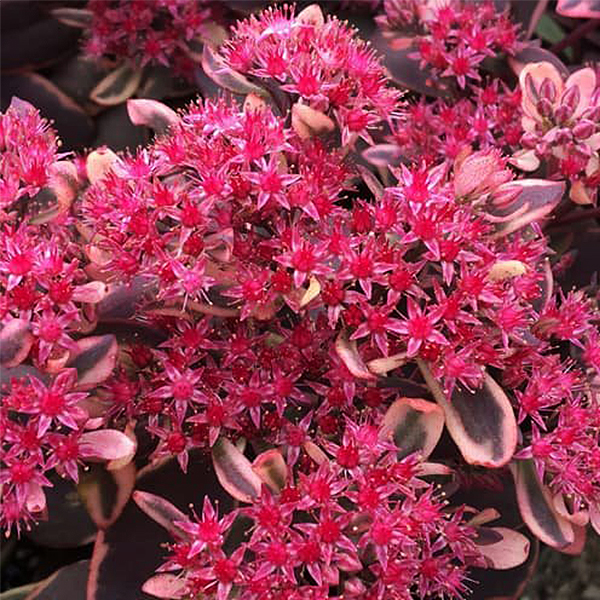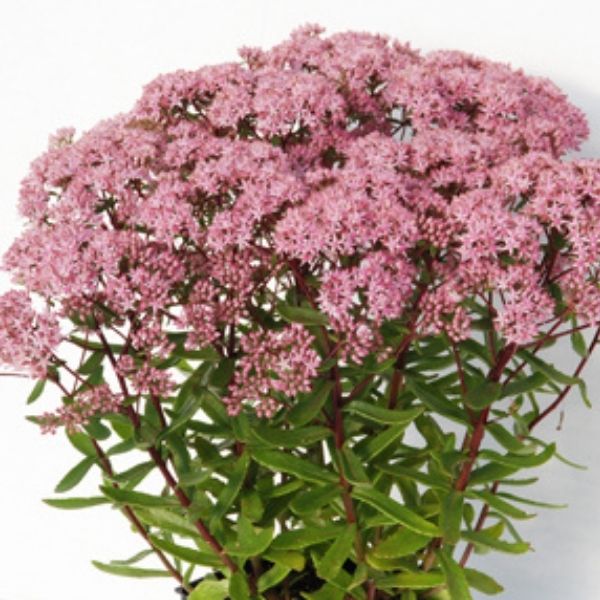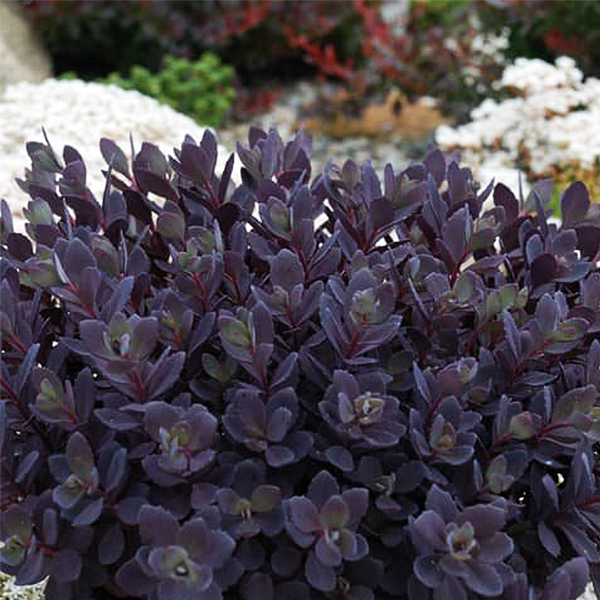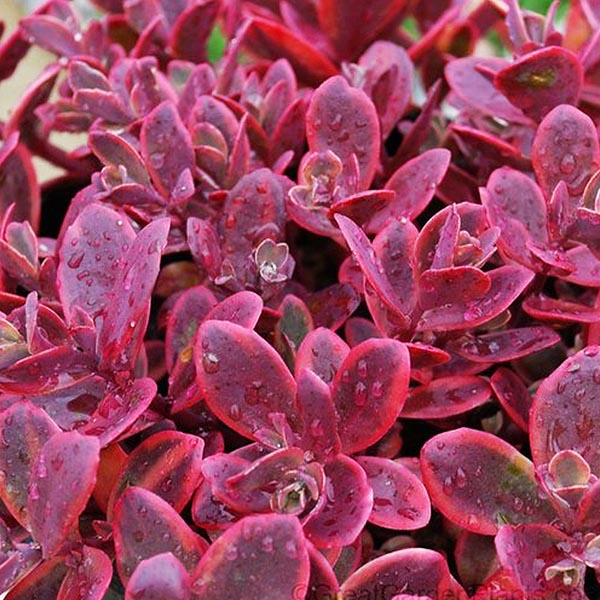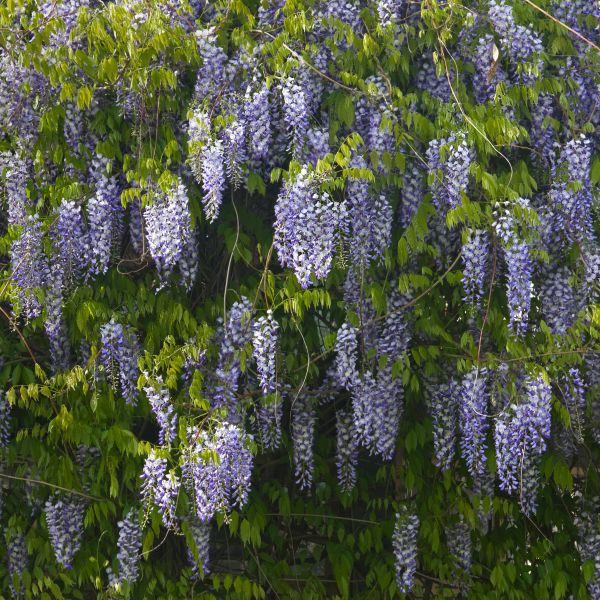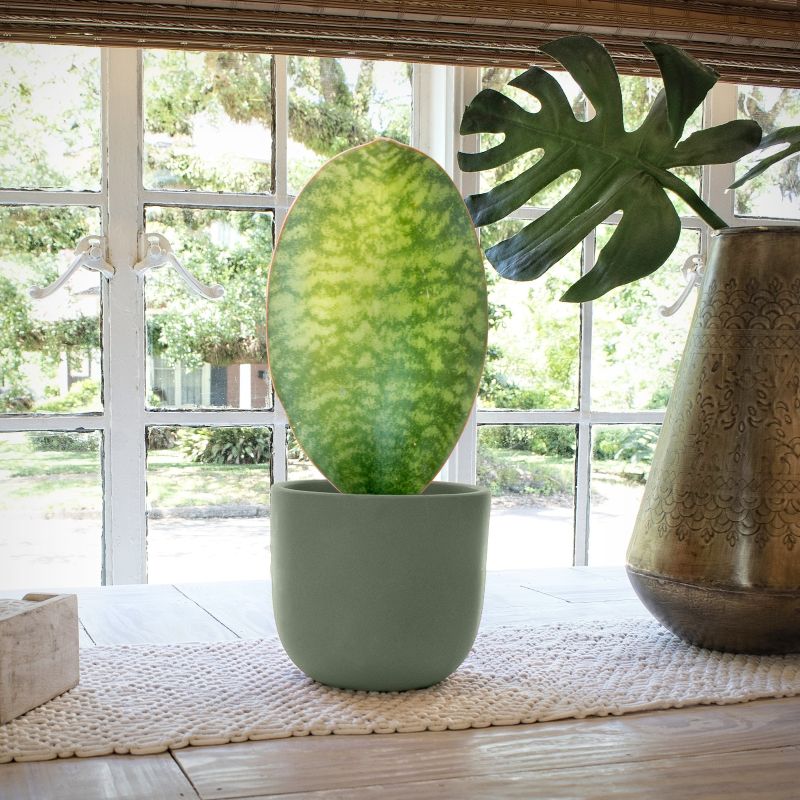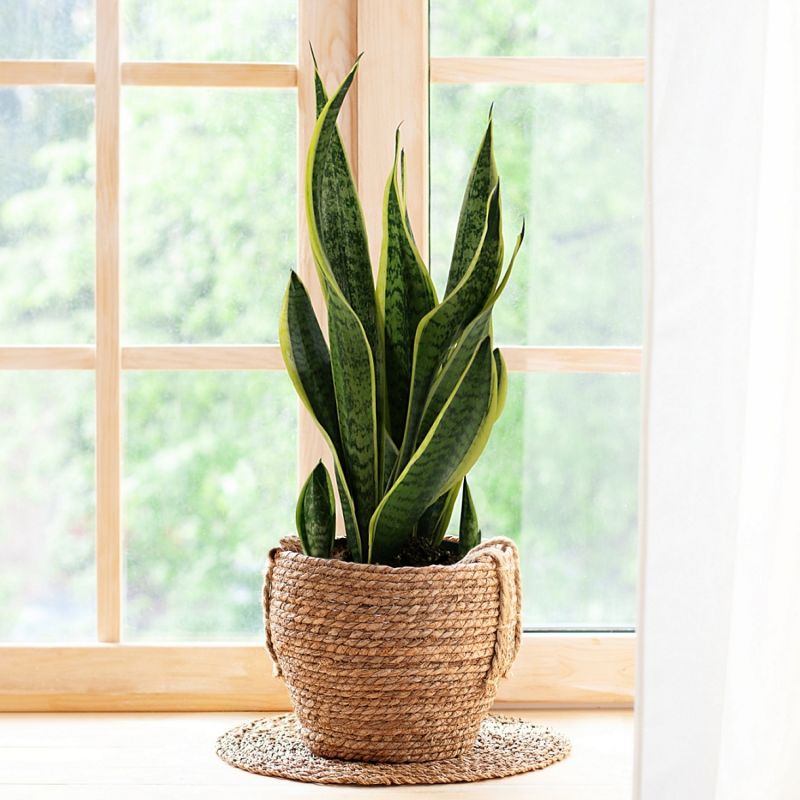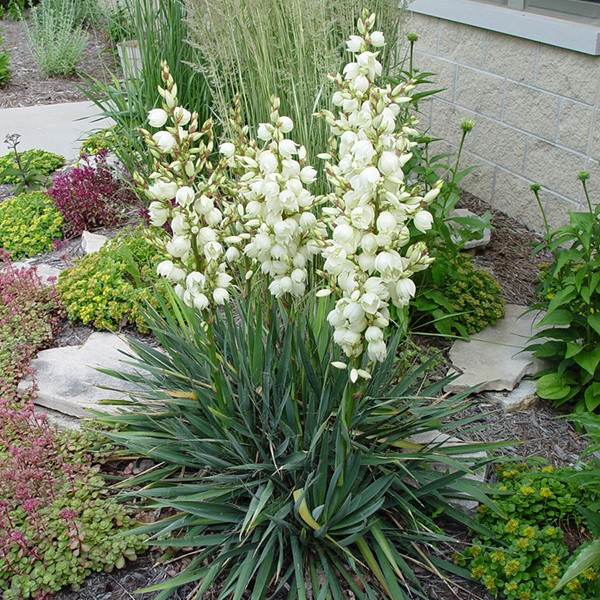



Adam's Needle Yucca
Yucca filamentosa
17 reviews
Adam's Needle Yucca
Yucca filamentosa
17 reviews
- Drought tolerant and low maintenance
- Produces beautiful, fragrant flowers in the summer
- Attracts butterflies and hummingbirds to your garden
$88.00
$126.00
30% Off
- Ships to 43215 in 3 to 7 days
- Free Shipping Over $150
- Plant Arrival Guarantee
- In Stock
- Free Plant Consult
$200
- 2.5 Gallon
- 1.5 Gallon
Why Adam's Needle Yucca?
Adam's Needle Yucca (Yucca filamentosa) is a tough and resilient plant native to the southeastern United States. It features sword-shaped, green leaves that grow up to three feet tall, and spiky white flowers that bloom in the summer. The plant is known for its ability to thrive in harsh conditions, making it a popular choice for xeriscaping and landscaping in dry, rocky or sandy areas. Adam's Needle Yucca is also used for ornamental purposes and has been cultivated for centuries.
People who loved this plant also bought
Sunlight
Adam's Needle Yucca requires full sun exposure in order to thrive.
Watering
Adam's Needle Yucca has low watering requirements and is highly drought tolerant. It thrives in well-drained soils and prefers infrequent watering. Overwatering can lead to root rot, so it is best to water sparingly.
Fertilizing
Adam's Needle Yucca prefers well-draining soil and does not have specific fertilizer requirements. However, applying a balanced, slow-release fertilizer in spring can help promote healthy growth. It is advisable to follow the manufacturer's instructions fo
Adam's Needle Yucca Plants: Unique Stemless Flowering Shrubs
Looking for a unique and hardy plant that can add interest and texture to your landscape? Look no further than the Adam's Needle Yucca plant. Also known as Yucca filamentosa, this stunning evergreen plant blooms showy white flower stalks.
But the Adams Needle Yucca, the Southeastern United States native, is more than just a pretty face – it also provides many benefits that make it a valuable addition to any landscape.
One of the key benefits of Adam's Needle Yucca is its hardiness. This plant can thrive in a variety of soil types and weather conditions, making it a low-maintenance addition to your yard. It is also drought-tolerant, so you can enjoy its beauty even in the driest of summers.
But the Adam's Needle Yucca is more than just a hardy plant. It is also a valuable source of fiber, with its leaves traditionally used to make rope and baskets. Bring a bit of history and tradition to your landscape with this unique plant.
In addition to its hardiness and fiber production, Adam's Needle Yucca also provides important environmental benefits. Its leaves absorb carbon dioxide and other pollutants from the air, improving air quality and reducing the effects of climate change. And its dense growth habit provides important habitat for birds and other wildlife.
But perhaps the greatest benefit of the Adam's Needle Yucca is its ability to add interest and texture to your landscape. This plant is a unique and eye-catching addition to any garden or yard, with its spiky leaves and tall flower spikes. Plant it as a specimen plant or use it to create a natural privacy screen.
In short, the Adam's Needle Yucca is a plant that truly has it all – hardiness, fiber production, environmental benefits, and landscape interest.
Don't miss out on the opportunity to own this exceptional plant. Purchase an Ad
Plant Information:
| Botanical Name: | Yucca filamentosa |
| USDA Zones: | 4-10 |
| Exposure: | Full Sun |
| Soil Needs: | Widely Adaptable |
| Mature Height: | 2 - 4 feet |
| Mature Spread: | 3 - 4 feet |

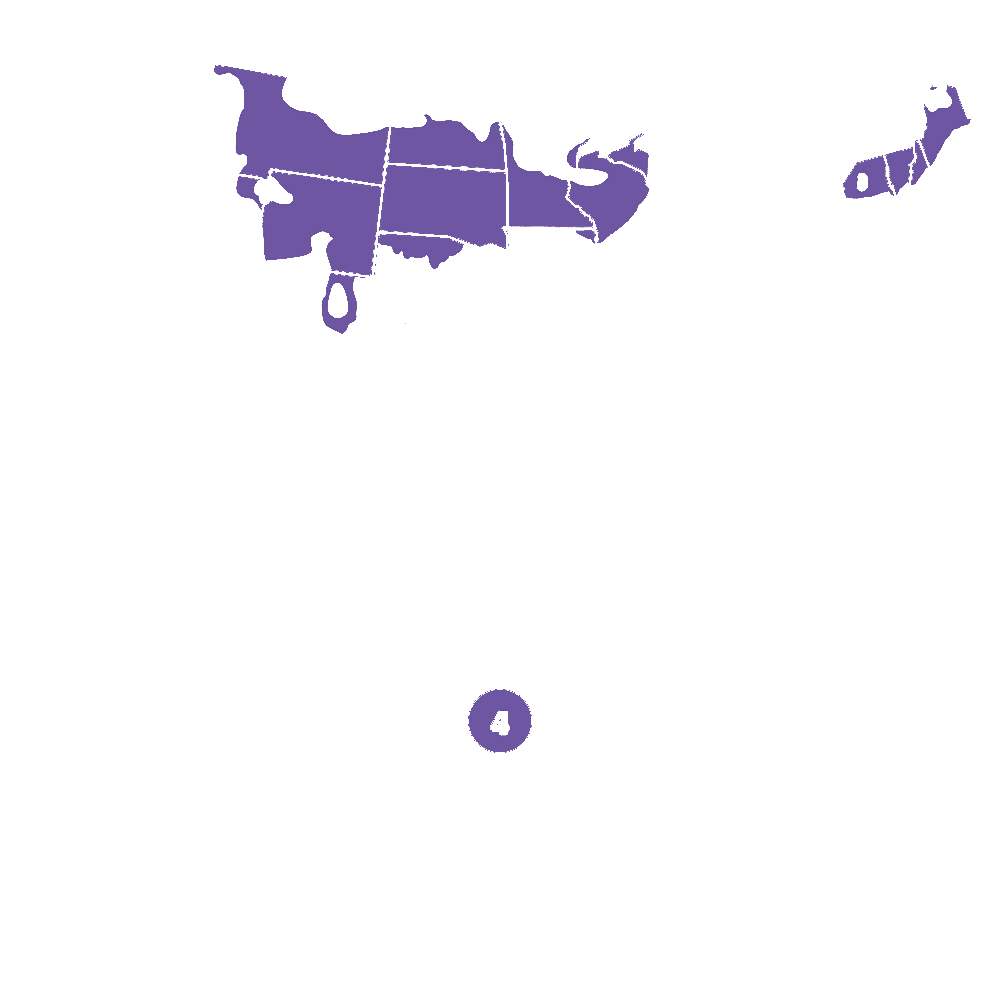
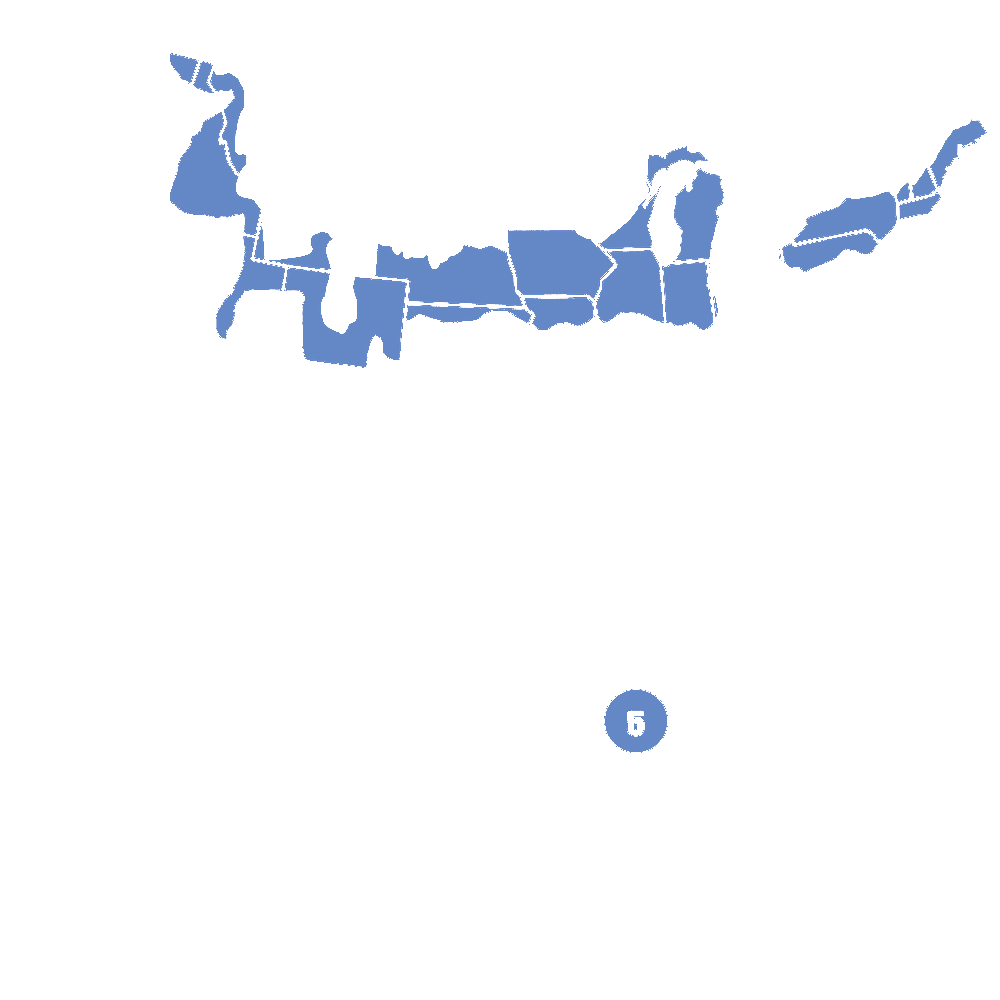
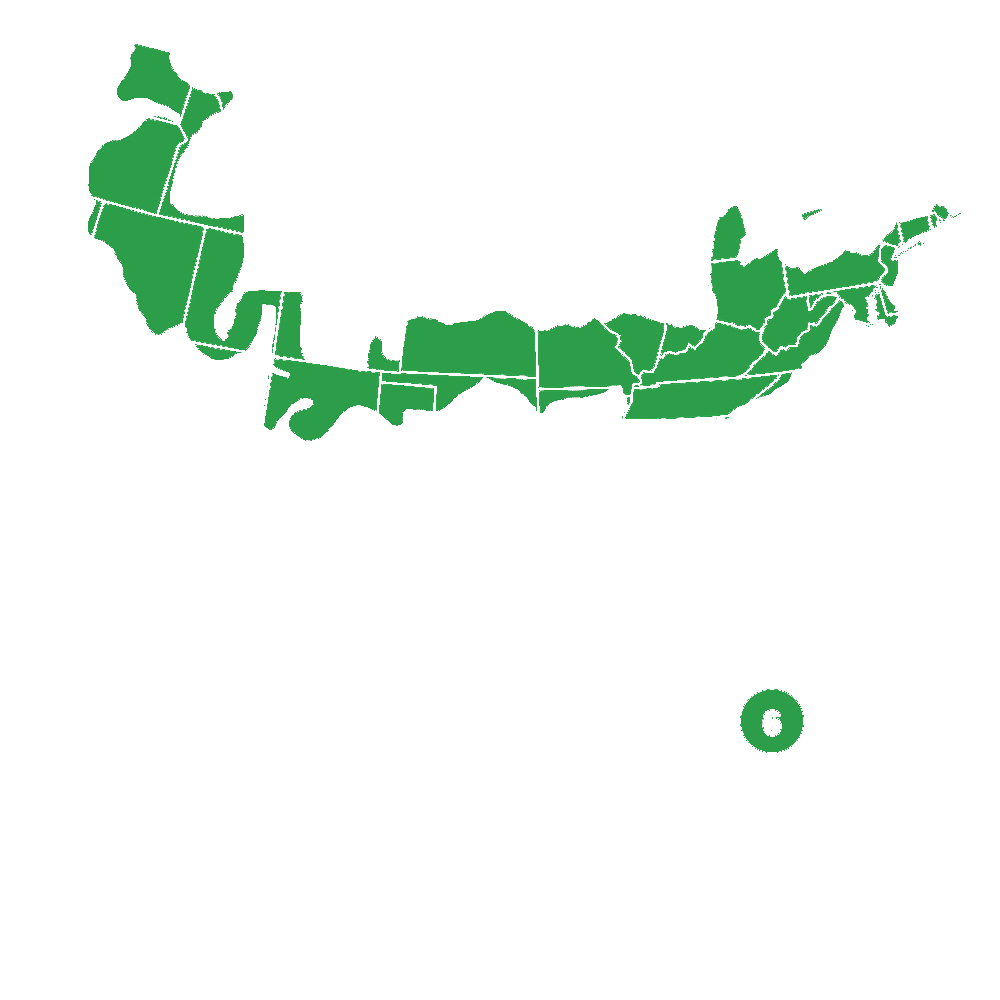
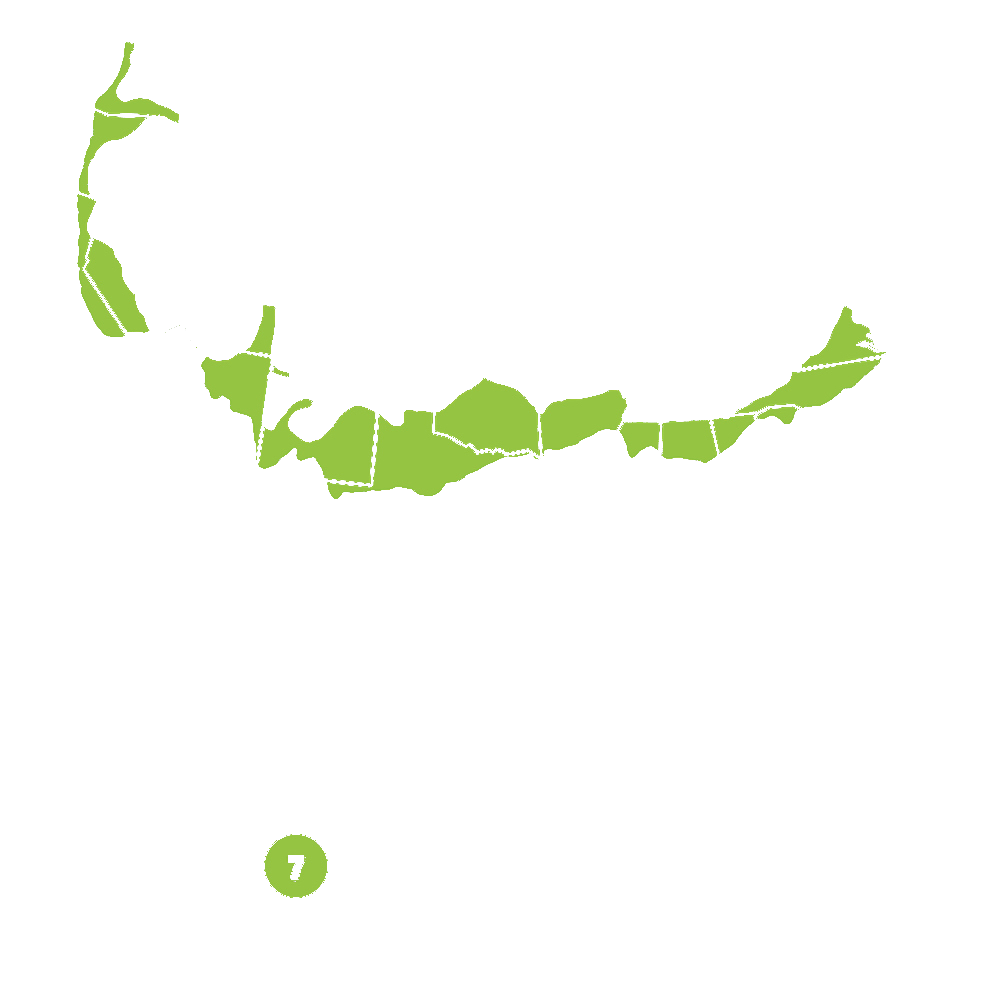
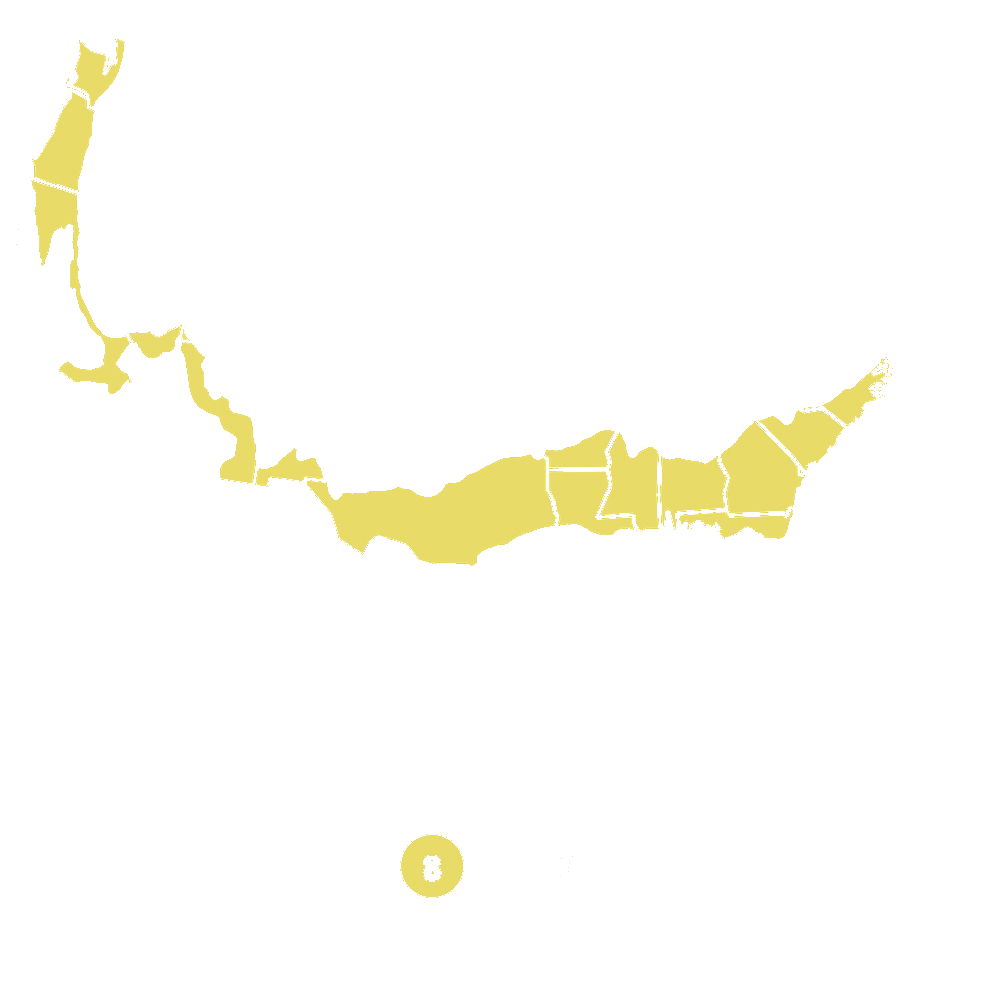
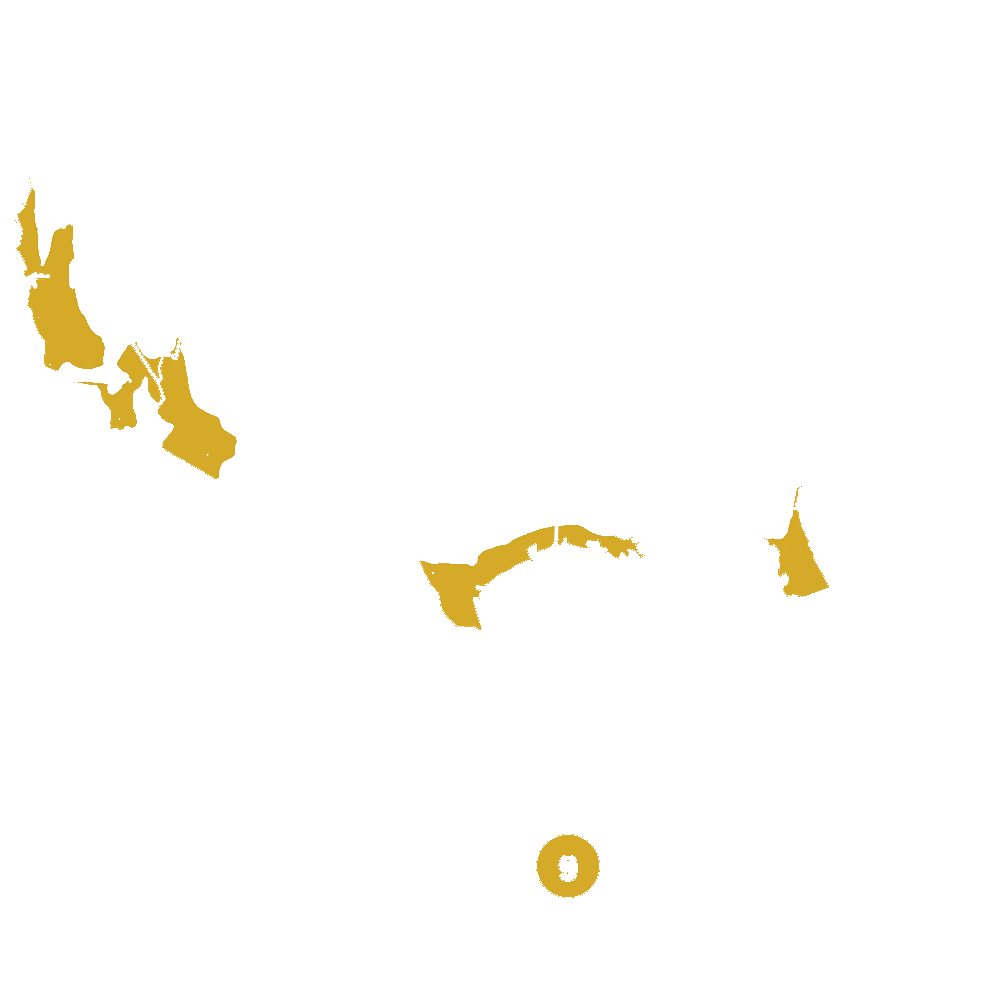
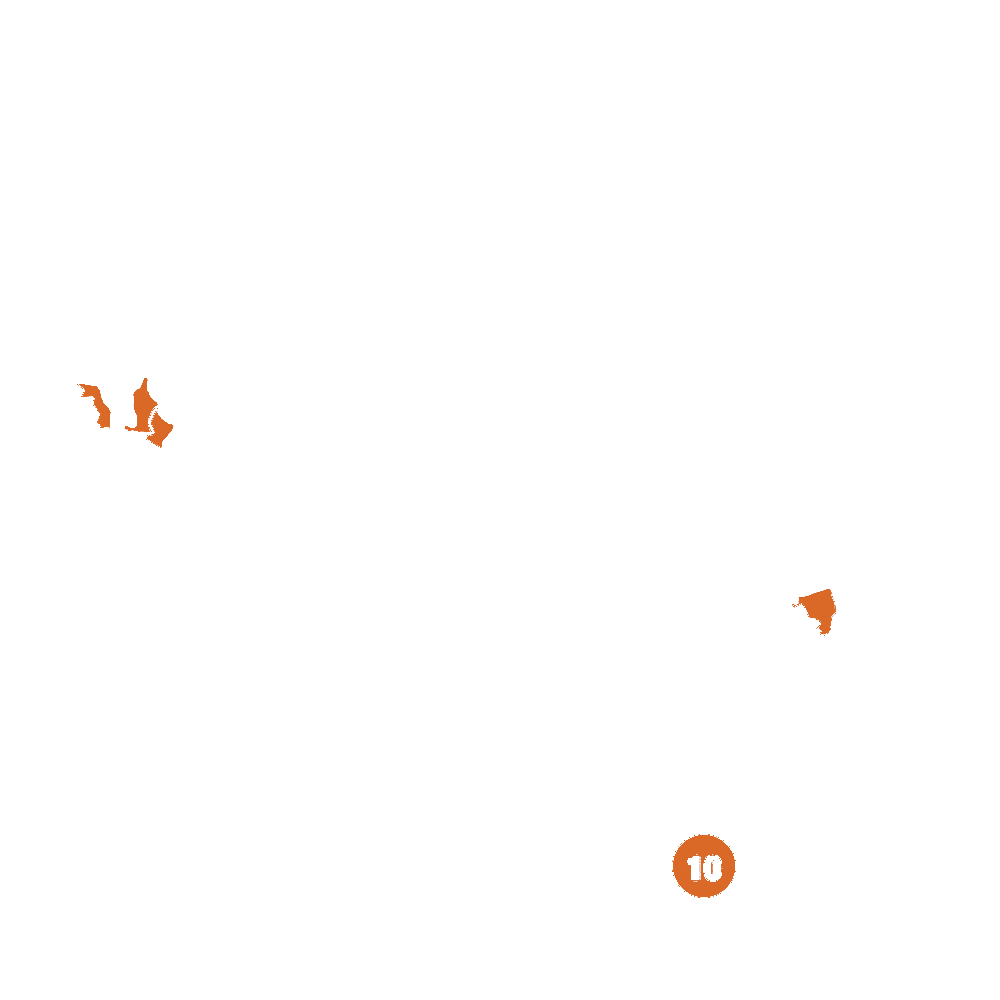
Pollination Info
Pollination Info for Adam's Needle Yucca (Yucca filamentosa)
Adam's Needle Yucca is a flowering plant that requires pollination to produce seeds. The plant produces large, showy white flowers on tall stalks during the summer months.
The plant relies on two primary pollinators - the yucca moth and the pronuba moth. The yucca moth is the most important pollinator, as it is the only insect that can effectively pollinate the flowers of the yucca plant.
The yucca moth collects the pollen from the anthers of the yucca flower and then deposits it directly onto the stigma of another flower. As the moth deposits the pollen, it also lays its eggs inside the ovary of the flower. As the eggs hatch, the larvae feed on a portion of the developing seeds, but leave enough intact to ensure the survival of the plant.
Without the yucca moth, the Adam's Needle Yucca would have difficulty reproducing, as no other insect is known to be able to pollinate its flowers effectively.
FAQ
Adam's Needle Yucca (Yucca filamentosa) FAQ
What is Adam's Needle Yucca?
Adam's Needle Yucca, also known as Yucca filamentosa, is a species of evergreen plant native to the Southeastern United States. It is named for its long, narrow leaves that are tipped with sharp spines, resembling needles.
What does Adam's Needle Yucca look like?
Adam's Needle Yucca has long, sword-shaped leaves that are green with white edges. The leaves are stiff and pointed, ranging from 2-4 feet long, and have sharp tips. The plant can grow up to 6 feet tall and wide.
What are the growing requirements for Adam's Needle Yucca?
Adam's Needle Yucca prefers full sun to partial shade and well-draining soil. It is drought-tolerant but can benefit from occasional watering during dry periods. It is hardy in USDA zones 5-10 and can tolerate temperatures as low as -10°F (-23°C).
How do I care for my Adam's Needle Yucca?
- Water sparingly and allow soil to dry out completely before watering again.
- Fertilize with a balanced slow-release fertilizer in the spring.
- Remove any dead or damaged leaves or flower stalks to maintain the plant's appearance.
- Protect from extreme cold temperatures and strong winds.
How do I propagate my Adam's Needle Yucca?
Adam's Needle Yucca can be propagated by division or from seed. To propagate by division, dig up the plant in the spring or fall and use a sharp knife to cut the root ball into sections, making sure each section has at least one healthy stem. Plant each section in a well-draining soil mix and water lightly until established. To propagate from seed, collect the seeds from the plant after the fruit has ripened and plant them in a well-draining soil mix.
What are some common problems with Adam's Needle Yucca?
- Yellowing or browning leaves may indicate over-watering or fungal disease.
- Black spots or lesions on leaves may indicate a bacterial or fungal disease.
- Root rot can occur if the soil is too wet or poorly draining.
- Aphids and spider mites may infest the plant, causing damage to the leaves.
Is Adam's Needle Yucca toxic?
Adam's Needle Yucca is not known to be toxic to humans or animals, but the sharp leaves can cause injury if not handled carefully.
Planting & Care
Planting & Care for Adam's Needle Yucca (Yucca filamentosa)
Planting: Adam's Needle Yucca prefers well-drained soil and full sun. They are tolerant of drought and poor soil conditions. Plant in the spring after the last frost or in the fall before the first frost. Dig a hole twice the size of the plant's root ball and mix in some compost for added nutrients. Set the plant in the hole and backfill with soil, firming down around the plant.
Watering: Adam's Needle Yucca requires moderate watering until established, then only occasional watering is necessary. Allow the soil to dry out in between watering to prevent root rot.
Fertilizing: Adam's Needle Yucca does not require fertilizer but can benefit from a slow-release fertilizer in the spring. Too much fertilizer can harm the plant and make it more susceptible to pests and diseases.
Pruning: Prune dead or damaged leaves as needed. Do not prune the top of the plant as this can stunt its growth and cause it to produce fewer flower spikes.
Pests & Diseases: Adam's Needle Yucca is relatively pest and disease-resistant. However, it can be susceptible to scale insects and root rot if over-watered. Watering at the base of the plant rather than from above can help prevent both of these issues.
Propagation: Adam's Needle Yucca can be propagated by division in the spring or fall. Carefully dig up the plant and separate the roots into smaller clumps with a sharp knife. Replant the clumps in well-draining soil and water thoroughly.
Winter care: Adam's Needle Yucca is cold hardy down to USDA zone 4. However, in colder climates, it can benefit from a layer of mulch around the base of the plant to retain moisture and protect the roots from extreme cold.
Check Out These Verified Customer Reviews:
Customer Reviews
4.6 out of 5 based on 17 reviews
Thank you! Your review has been submitted.
Great customer service
The Adam's Needle Yucca I received had a few blemishes, but overall, I'm satisfied with my purchase.
Easy website navigation
Item has been added to your cart.



